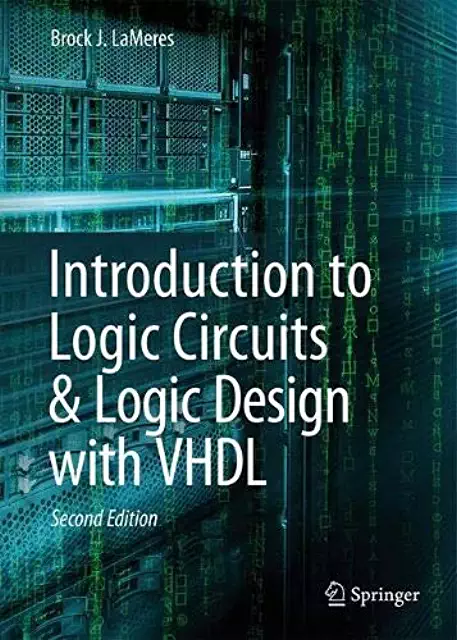Introduction to Logic Circuits & Logic Design w/ VHDL
Textbook Videos
Chapter 1: Analog Vs. Digital
Chapter 2: Number Systems
- Converting from Decimal (12 min)
- Converting between powers-of-2 Bases (3 min)
Chapter 3: Digital Circuitry & Interfacing
Chapter 4: Combinational Logic Design
Chapter 5: VHDL (part 1)
Chapter 6: MSI Logic
Chapter 7: Sequential Logic
Chapter 8 - VHDL (Part 1)
Chapter 9 - Behavioral Modeling of Sequential Logic
- Vending Machine (15 min)
- Counters in VHDL w/ Enables (5 min)
- Counters in VHDL w/ Loads (17 min)
- Shift Registers (11 min)
- Agents on a Multi-Drop Bus (21 min)
Chapter 10 - Memory
- DRAM (17 min)
- Modeling R/W Memory in VHDL (7 min)
Chapter 11 - Programmable Logic
Chapter 12 - Arithmetic Circuits
Chapter 13 - Computer Systems
Lab Exercises
Lab Exercises (based on Analog Discovery 2 + Altera FPGA Board)
Lab Exercise Workbook - DE10-Lite Version (updated 5/12/2022)
Overview Videos
Chapter 1: Analog vs. Digital
Chapter 2: Number Systems
Chapter 3: Digital Circuits & Interfacing
Chapter 4: Combinational Logic Design
Chapter 5: VHDL (part 1)
Lab 5.1 Overivew: 4-Input, Prime Number Detector (VHDL + FPGA) (35 min)

